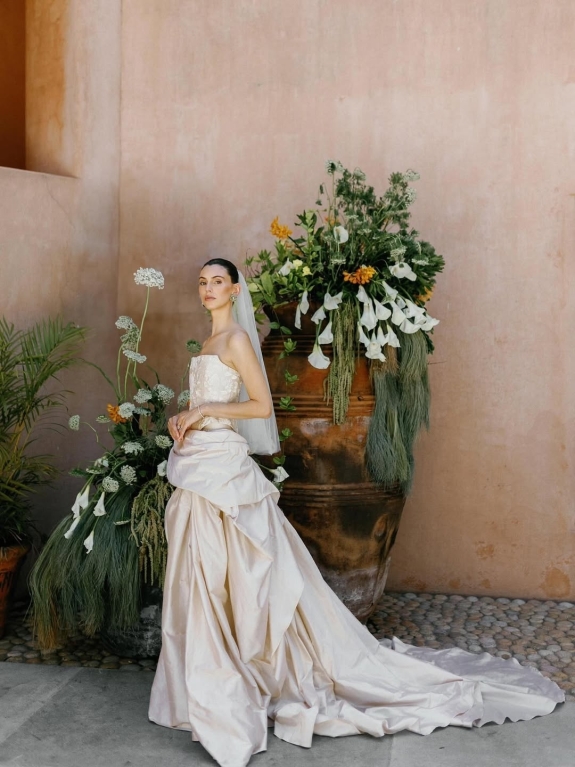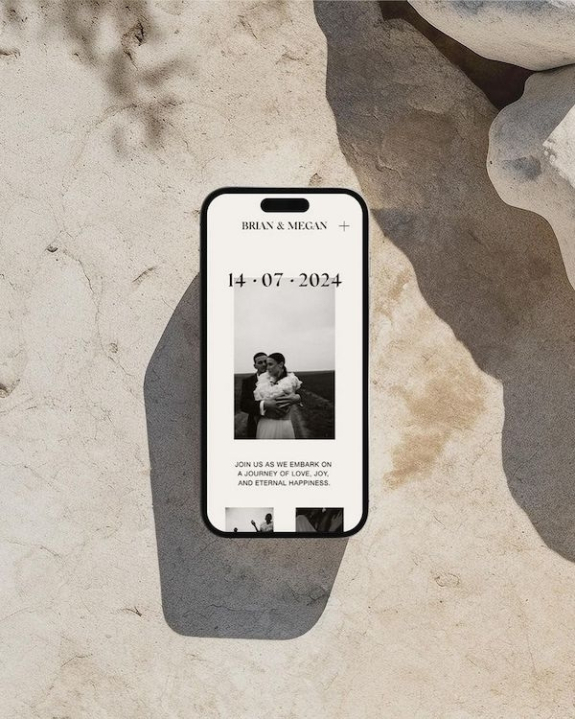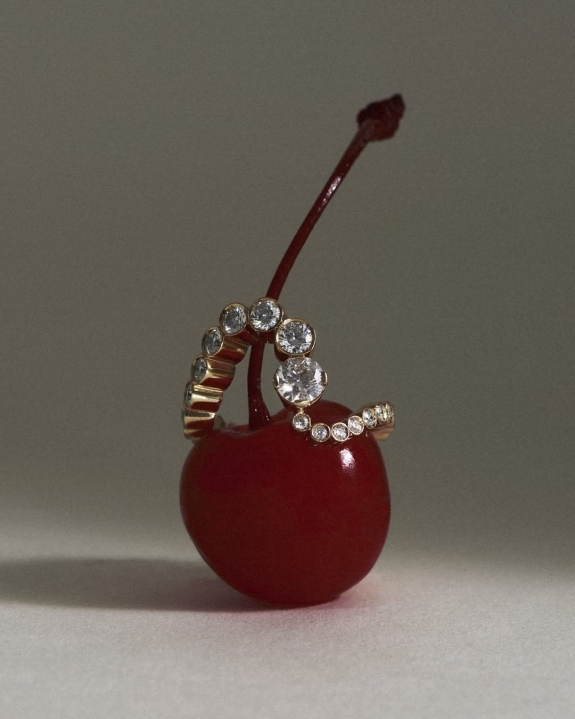The way you love, communicate, and protect yourself in relationships often stems from a deeper origin – a quiet, unseen script written long before your first heartbreak or kiss. This script is your attachment style – the emotional blueprint that influences your relationship patterns, capacity for emotional intimacy, and sense of safety or vulnerability with others. Understanding your attachment style is more than a fascinating psychological concept, it's the key to breaking unhealthy relationship cycles, building stronger emotional connections, and improving conflict resolution and communication. This guide contains 30 thought-provoking ChatGPT prompts to help you reflect on your current attachment patterns, understand your emotional needs, and take actionable steps toward more secure and confident relationships. Use these questions as a starting point to gain a clearer understanding of how you love and how you can you do it with greater ease.
What Is an Attachment Style?
A Simple Guide to the Four Types
Your attachment style refers to the patterns of emotional bonds that you tend to form with others. It is shaped by your earliest relationships, often with parents or caregivers, and refined through life experiences. It influences how you communicate, handle conflict, express your needs, and respond to closeness or distance in relationships. Understanding your attachment style isn't about labeling yourself – it's about recognizing the emotional patterns that influence your relationships so you can cultivate connections that feel safe, balanced, and deeply fulfilling. Psychologists generally recognize these four main attachment styles:
Secure
Comfortable with intimacy and independence. Able to trust and communicate openly. They are responsive, good at setting boundaries, and manage emotions well.
Anxious
Craves closeness and reassurance, but fears abandonment or rejection. Highly sensitive and bad at setting boundaries.
Avoidant
Values independence and self-reliance. Often keeps emotional distance from others. Logical and extremely independent, they are unresponsive to their partner.
Disorganized
Desires connection but fears vulnerability, creating a push-pull dynamic in relationships. They tend to dissociate and lack empathy.
6 ChatGPT Prompts for Understanding Your Current Attachment Patterns
-
Help me identify signs in my current relationships that may reveal my attachment style. Use examples from my communication, boundaries, and emotional needs [provide specific examples, situations, and dialogues].
-
Based on how I typically react to conflict and closeness, what attachment patterns might influence my behavior?
-
Analyze a recent relationship or friendship [provide details], pointing out patterns that suggest an anxious, avoidant, disorganized, or secure attachment style.
-
Compare my comfort levels with emotional intimacy versus independence, and explain how they point to specific attachment traits.
-
Walk me through a self-reflection exercise to identify my typical emotional triggers in relationships.
-
Help me connect my recurring relationship challenges to underlying attachment tendencies.
6 ChatGPT Prompts for Exploring the Roots of Your Attachment Style
-
Come up with questions to help me recall childhood memories or early caregiving experiences that may have influenced my attachment style.
-
Ask me reflective questions to help me understand how my family handled emotions, boundaries, and support.
-
Help me trace how past romantic or friendship experiences [provide details] may have reinforced my attachment patterns.
-
Explain how my certain early life experiences [proved examples] could have led to an anxious, avoidant, disorganized, or secure attachment style.
-
Walk me through an exercise to connect my core relationship fears [specify fears] to specific childhood events.
-
Help me identify patterns in how trust and safety were modeled for me while growing up.
6 ChatGPT Prompts for Interpreting and Understanding Your Attachment Style Insights
-
Help me interpret my answers to the attachment style questions above, summarize the key patterns you notice, and provide a brief quiz-style result that clearly describes my likely attachment style, its main traits, and how it may affect my relationships.
-
Summarize the strengths and challenges of my attachment style, and explain how they manifest in relationships.
-
Explain what my attachment traits might mean for conflict resolution, intimacy, and independence.
-
Help me differentiate between my attachment style and my personality traits.
-
Give me a metaphor or analogy for my attachment style to make it easier to remember and work with.
-
Offer examples of how my attachment style might shift in different types of relationships (romantic, family, friends, and work).
6 ChatGPT Prompts
for Moving Toward a More
Secure Attachment Style
-
Suggest daily self-regulation practices that can help me feel safer and more grounded in relationships.
-
Provide strategies for clearly communicating needs without fear of rejection or conflict.
-
Help me reframe anxious or avoidant thoughts into balanced, secure ones.
-
List habits that strengthen emotional resilience and healthy boundaries.
-
Guide me in practicing trust-building behaviors in a low-stakes relationship scenario.
-
Provide affirmations or mindset shifts to support the development of secure attachment traits.
Alsu Leyman, Anastasiia Lа́rkicheva
6 ChatGPT Prompts for Defining Action Steps and Growing a Secure Attachment Style
-
Help me create a personal growth plan to achieve secure attachment.
-
Suggest relationship habits that I can practice intentionally over the next month to feel more secure.
-
Provide me with a weekly reflection framework to track my progress in attachment healing.
-
Set realistic goals for me regarding communication, boundaries, and emotional regulation.
-
List specific behaviors that show I’m developing more security in relationships.
-
Guide me in designing a "secure self" and the small actions I can take to embody it.



































